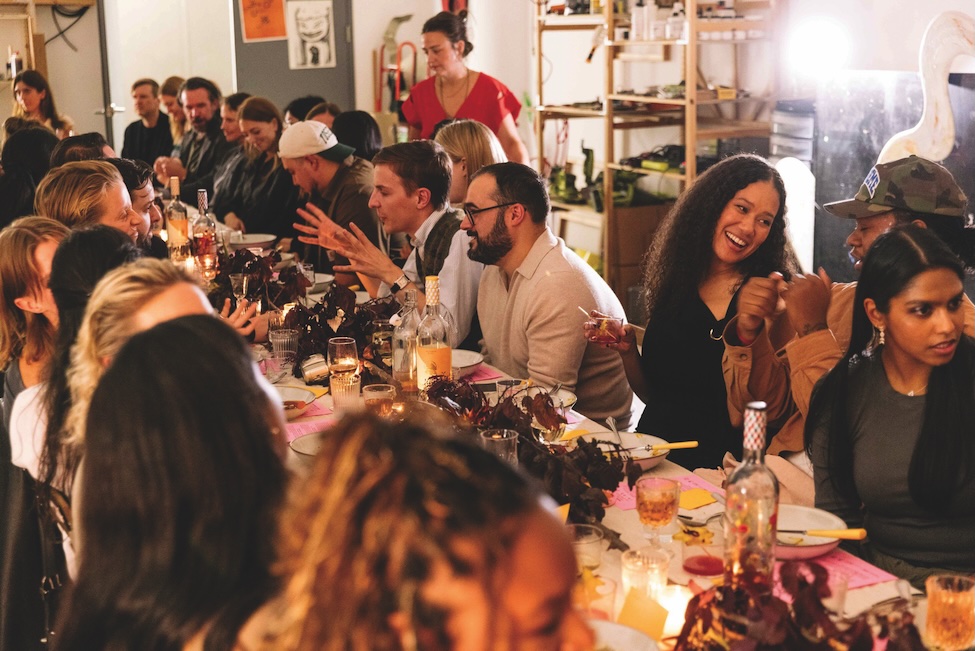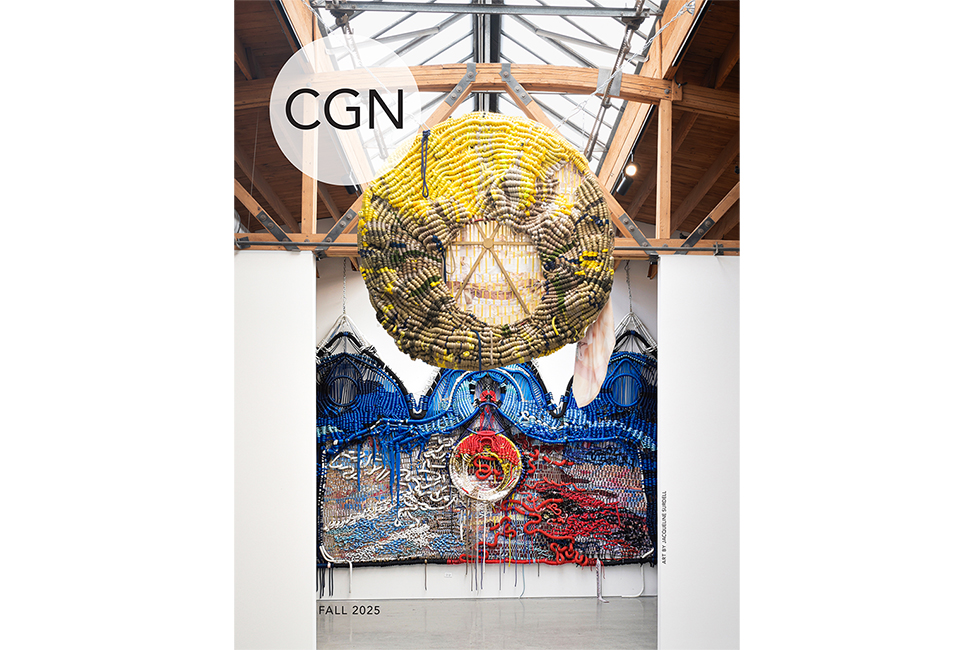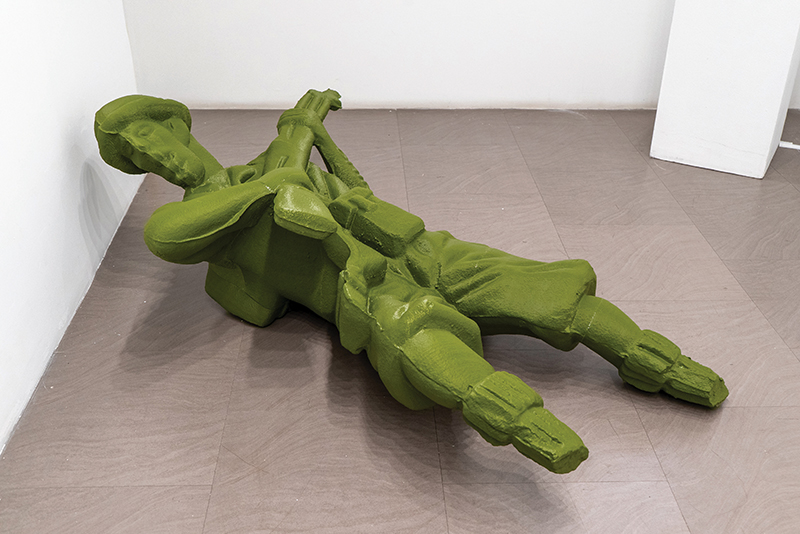The Artistic Intimacy of Flowers

By FRANCK MERCURIO
Seeing Laurie Tennent’s botanic photographs in person is a completely different experience than viewing them online. Nothing quite prepares you for the scale of the artist’s physical works, some of which extend eight feet in length. Approaching these images of flowering plants up close, the viewer becomes immersed within the intriguing world of plant anatomy.
“I’m very interested in the architecture and design that is in nature,” said Tennent. “The intricacies of [plant] structures are amazing to me.”
More than 20 of Tennent’s large-scale works can be seen in Botanicals: Intimate Portraits at the Chicago Botanic Garden through September 25.

Digital technology enables the Michigan-based artist to enlarge her photos of small, flowering plants to a monumental size. She fuses the images onto aluminum substrates, which allows the works to be displayed indoors or outdoors without need of protective glazing.
“With photography, works are usually 15 by 20 inches, behind glass, matted and framed,” said Tennent. “I was always striving to get out of that mold and have the surface become more like a painting.”
And, indeed, Tennent’s images reflect the stylistic conventions of 17th-century Dutch still life paintings. Dramatically lit and set against black backgrounds, these works by the “Old Masters” captured the vibrancy and decay of nature’s bounty: the food and flowers found inside prosperous Dutch homes.

To achieve a similar visual effect, Tennent photographs individual plant specimens set against dark backgrounds inside her studio. She uses a shallow depth of field where only the first plane of the object is lit and in focus.
“I’m really accentuating the foreground,” explained Tennent about her photographic technique.
“The black background really makes the structure come out and brings [the viewer] into the image.”
Her resulting images recall the works of the great botanic illustrators of the 18th and 19th centuries, some of whom were women. Artists such as Barbara Regina Dietzsch (German, 1706–1783) and Mary Delany (English, 1700–1788) rendered plant specimens in vibrant color—and accurate scientific detail—set against stark black backgrounds. It was one of the few artistic fields where women could flourish alongside their male counterparts; the subjects (flowering plants and other botanicals) were considered appropriately feminine.

But as Tennent points out, there are dualities in flowering plants that can be read as both male and female.
“I really love the masculine/feminine qualities that flowers and other botanic structures have,” said Tennent. “There’s the strength of the [plant] architecture and the delicacy of the petals—I love that duality.”
Tennent’s exhibition at the Chicago Botanic Garden is part of a larger project, one that the artist hopes will create greater appreciation for a variety of plants, as well as raising awareness of endangered species.
“My plan is to travel to different botanic gardens and create portfolios that are site specific,” said Tennent. “Every garden has certain species that they grow that are important or unique to their collection.”
The conservation of plants is a major research focus at the Chicago Botanic Garden. In an effort to fight plant extinction, the Garden’s scientific staff is studying and propagating many species that are endangered, such as the golden fuchsia (Deppea splendens). Native to Chiapas, Mexico, this flowering plant is thought to be extinct in the wild and is now only grown in greenhouses. It is one of the subjects of Tennent’s photography and featured in the exhibition alongside other plants from the Garden’s expansive collections.
“Tennent’s work is spectacular,” said Exhibitions and Programs Production Manager Gabriel Hutchison of the Chicago Botanic Garden. “And it’s incredible to see the flowers on such a grand scale.”
You can experience the immersive qualities of Tennent’s large-scale photographic images. Botanicals: Intimate Portraits is on display through September 25 in the Garden’s Krehbiel Gallery located in the Regenstein Center. For hours and admission, visit chicagobotanic.org/visit
Pictured at top: Laurie Tennent, Deppea Splendens






